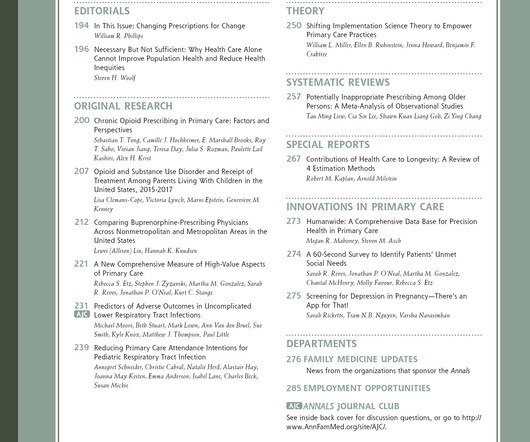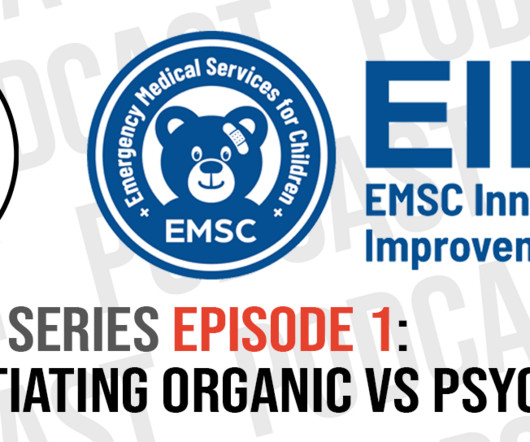Barriers to and Facilitators of Participant Engagement in a Multi-level Intervention for Type 2 Diabetes and Food Insecurity [Clinical trial]
Annals of Family Medicine
NOVEMBER 20, 2024
Intervention: LINK is a randomized controlled 2x2 factorial trial testing the effect of 2 distinct interventions on A1c: a 6-week culinary and nutrition education class and community referrals to address unmet social needs. Transportation and scheduling challenges also hindered engagement.




















Let's personalize your content